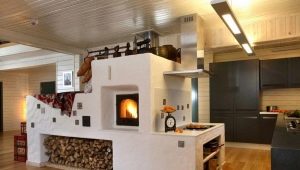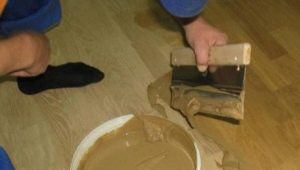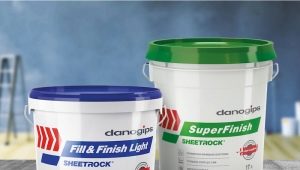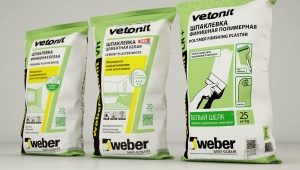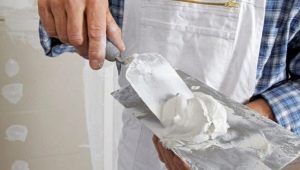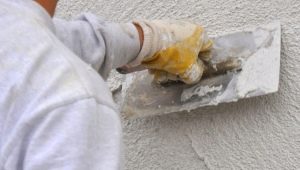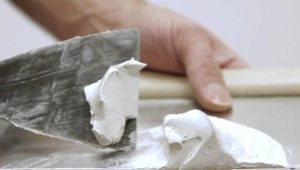Putty
 Putty and the nuances of the formation of angles
Putty and the nuances of the formation of angles
 Putty consumption per 1 m2 of wall: calculation details
Putty consumption per 1 m2 of wall: calculation details
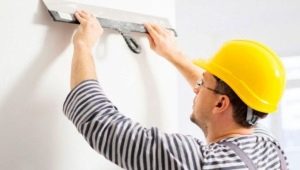 Plastered walls: details and peculiarities of the process
Plastered walls: details and peculiarities of the process
 Volma hard putty: features and scope of application
Volma hard putty: features and scope of application
 Wood fillers: types and features of the application
Wood fillers: types and features of the application
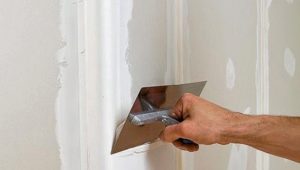 How to putty drywall?
How to putty drywall?
 Moisture resistant putty for the bath: features of choice
Moisture resistant putty for the bath: features of choice
 The subtleties of sanding the walls after putty
The subtleties of sanding the walls after putty
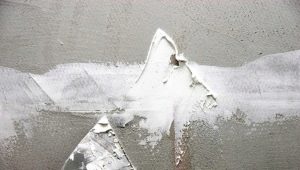 Paint mesh for putty: purpose and types
Paint mesh for putty: purpose and types
